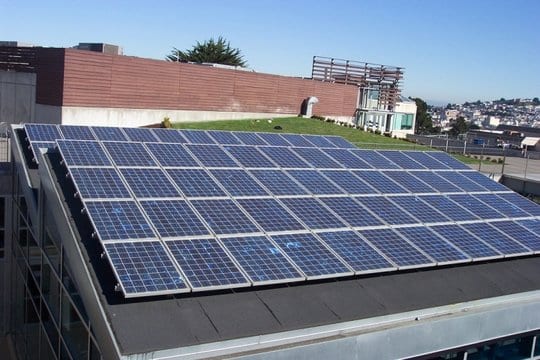While the hot dry summer months are still ahead, regulators, policymakers and legislatures in California are trying their best to avoid future power shortages that, God forbid, could result in outages.
In early June 2023 the California Energy Commission (CEC) approved a goal to shift 7GW of peak demand by 2030, doubling the current target for demand flexibility and peak load reduction.
The new target is in response to California Senate Bill 846 (SB846), passed in 2022, which, among other things, calls for demand response programs and time-of-use rates that incentivise increased consumption when supplies are plentiful and cheap and discourage use when the opposite is true.
With the net load on CAISO’s system going negative in March-May period (visual below) while the evening peak continues to rise one could ask why it took all these years to get to this? The need for clipping peak demand while absorbing the mid-day glut of mostly solar power has never been more pressing.

The CEC’s new load shift goal was arrived at in consultation with the California Public Utilities Commission (CPUC) and the California Independent System Operator (CAISO) against the background that the state needs around 38 GW of new clean energy resources by the end of the decade.
How can 7GW of peak load reduction be had? The CEC lists three broad categories of load flexibility resources:
– Load-modifying demand flexibility resources such as time-of-use rates that directly impact load;
– Supply-side and procurement load flexibility options which reduce resource adequacy (RA) requirements; and
– Emergency load-flexibility schemes such as the state’s emergency load reduction program that are implemented during extreme heat events and dire emergencies.
The CEC outlines recommendations for each of these 3 categories, for example, by
– Encouraging the CPUC to instruct utilities to roll out dynamic pricing options for as many customers as they can;
– Establishing a centralised, competitive demand response marketplace for the state; and
– Promoting pilot projects for behind-the-meter storage, which can absorb the excess solar
generation and feed it back into the grid during peak demand periods.
According to CEC Vice Chair Siva Gunda, “Load flexibility plays a critical role in the state’s broader clean energy transition.” California is aiming to electrify its transportation and building sector before doing the same for the industrial and agriculture sectors.
In the words of Cisco DeVries, CEO of OhmConnect, the 7 GW goal is like “a starting gun for dramatic expansion of flexible demand across the state.”

Companies like his and many others can now flourish since they can easily monetize their demand flexibility offerings. Nobody would ask what is the purpose of cutting or shifting peak load anymore.
If anything, the goal should have come years earlier and should be even more ambitious. The alternative is more renewable capacity additions which – as things currently stand – are increasingly curtailed (visual) at times of plenty, which are nearly on all sunny days.
There has never been a better time for demand flexibility services.
This article was originally published by EEnergy Informer. Reproduced here with permission










